- When the "shrimp capital" sets sail to the open sea - Part 1: Doubling the strength
- When the "shrimp capital" sets sail to the open sea - Part 2: Raising clean shrimp, conquering the demanding market
- When the "Shrimp Capital" sets sail to the open sea - Part 3: Accompanying to overcome challenges, remove barriers
Reduce costs, increase competitiveness
To realize the above goal, the top priority is to focus on removing difficulties for people and businesses investing in production, processing and exporting this industry, especially the issue of reducing production costs.
According to the Shrimp Industry Association, the cost of shrimp farming in Vietnam, including Ca Mau, is significantly higher than in Thailand and Ecuador, reducing international competitiveness. Uneven productivity and quality, low farming success rate, high input costs... are the "bottlenecks" that make Vietnam's raw shrimp prices among the highest in the world .

Mr. Tran Tuan Khanh, General Director of Trang Khanh Import-Export and Processing Company Limited (Vinh Trach Ward), frankly said: "Although Ca Mau is known as the "capital" of the shrimp industry, the province's export enterprises have to import thousands of tons of raw shrimp from India, Thailand and Ecuador. Because the shrimp purchase price of these countries is about 30 thousand VND/kg lower. Therefore, we must find ways to reduce the cost of shrimp farming, for the sustainable development of shrimp farming, for the brand and competitiveness of Vietnamese shrimp".
In addition, farmers' dependence on corporations, enterprises or agents trading aquatic materials and seeds also creates a series of challenges in the issue of traceability. Because, with a multi-level business network and farmers buying materials from many different agents, it will create pressure in tracking the origin of shrimp from the farm to the factory and the production cost will continuously increase compared to the connection from the field directly to the processing factory for export.

A typical model is Cai Bat Cooperative (Hung My commune) which has linked well with enterprises directly supplying seeds, agricultural and aquatic materials for production, as well as linking output, helping cooperative members increase profits and reduce costs through intermediaries.
Mr. Nguyen Hoang An, Chairman of the Board of Directors of the Cooperative, said: "Up to now, the total aquaculture area of the Cooperative of 311 hectares has been certified as a safe food hygiene farming area; annually supplying the market with over 150 tons of shrimp and crab. Currently, the Cooperative has frozen tiger shrimp products, rice crackers certified with 4-star OCOP, along with sea crab and dried shrimp products with 3-star OCOP. In the past time, the Cooperative has made efforts to find many solutions to help people reduce costs, increase productivity and production efficiency."
Synchronize solutions, aiming for international standards
The rapid development of the shrimp farming industry in Ca Mau and the Mekong Delta has brought with it the challenge of environmental pollution . The province is encouraging the model of high-tech super-intensive shrimp farming, circulating without discharge, aiming to achieve domestic and international certifications. Accordingly, the goal by the end of 2025 is to develop 28-30 production chains between cooperatives and enterprises in improved extensive shrimp farming (QCCT) and super-intensive shrimp farming, with a linked area of about 100,000 hectares of QCCT shrimp farming with ASC certification and 1,000 hectares of super-intensive shrimp farming without discharge.

Dr. Thai Truong Giang, Deputy Director of the Department of Science and Technology, said: "From June 2023 to June 2025, the Department coordinated with Can Tho University to implement the project "Application of super-intensive white-leg shrimp farming process in a non-water-exchange recirculating system, combining multiple species in Ca Mau province". The model has been tested and held field workshops at 3 households in Hoa Thanh ward, Hung My commune and Khanh An commune, the evaluation results are excellent because of its high efficiency, low risk and potential for replication in the province".
In addition, Tan Hung commune is currently implementing 650 hectares of 2-phase QCCT shrimp farming, aiming to meet ASC international standards. Mr. Tran Huu Nghia, Head of the Bao Vung Hamlet Farmers' Association, shared: "People here are very excited and actively cooperate with departments, branches, local authorities, businesses and scientists, complying with the 2-phase QCCT shrimp farming process, to move towards international standards recognition, helping to improve productivity, efficiency of farming models and increase people's income".
With a 310 km long coastline and a sea area of 120,000 km², Ca Mau can form 10 - 20 high-tech shrimp farming industrial zones, each zone of 500 - 1,000 hectares, with an output of 150,000 - 300,000 tons/year. These zones will operate according to a circular economic model, minimizing diseases, pollution and providing clean shrimp for export - Mr. Trinh Trung Phi, Deputy General Director of Technology, and Deputy General Director of Commercial Shrimp, Viet Uc Bac Lieu Joint Stock Company shared.

In the breakthrough development strategy for the shrimp industry in the period 2025-2030, Ca Mau province sets a goal of having over 17,000 hectares of super-intensive shrimp farming applying high technology by 2030; over 300,000 hectares of QCCT shrimp farming, QCCT combining the application of new science and technology in production to improve productivity and product quality; at least 30,000 hectares achieving international certifications: ASC, BAP, Organic...
To achieve that goal, the provincial agricultural sector has proposed establishing a National Center for shrimp breeds, feed and technology in Ca Mau; strongly developing high-tech farming areas associated with environmental protection, meeting international standards such as ASC, GlobalGAP, Organic, ecological shrimp; digital transformation of the entire sector; investing in irrigation, electricity, logistics, processing and seaport infrastructure to create a closed chain from farming to export - Mr. Luu Hoang Ly emphasized.
With great determination, Ca Mau is gradually forming key national shrimp production areas, synchronous from planning to investment, strongly attracting domestic and foreign capital, especially in the fields of high technology, breeds, deep processing and brand development. The ultimate goal is to become a national model of green - clean - sustainable shrimp farming, capable of competing globally in the future.
Loan Phuong - Trung Dung - Hoang Lam
Source: https://baocamau.vn/khi-thu-phu-tom-cang-buom-ra-bien-lon-bai-cuoi-huong-den-hinh-mau-cua-quoc-gia-ve-tom-sach-be-a121449.html



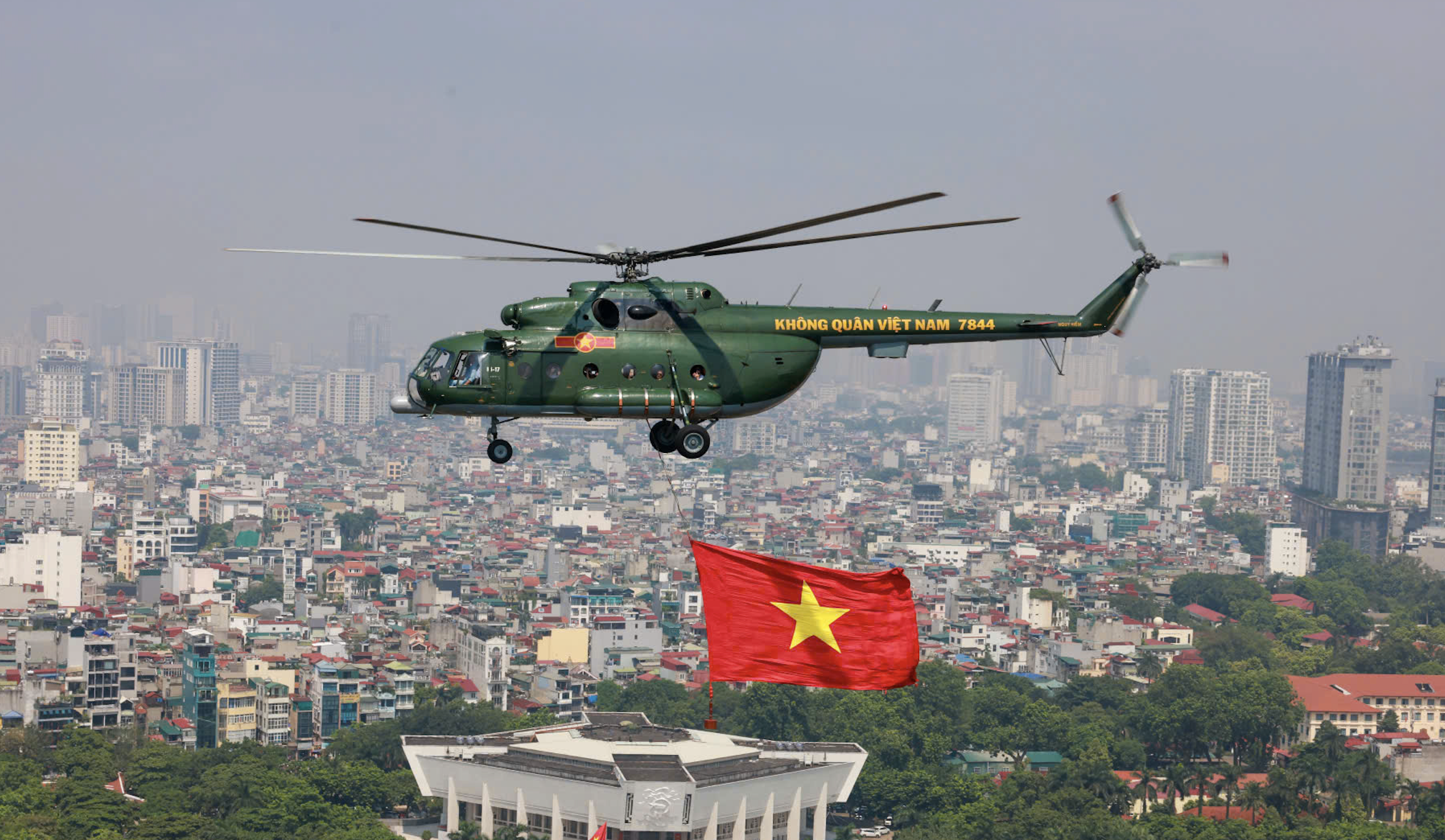
![[Photo] Phu Quoc: Propagating IUU prevention and control to the people](https://vstatic.vietnam.vn/vietnam/resource/IMAGE/2025/8/24/f32e51cca8bf4ebc9899accf59353d90)
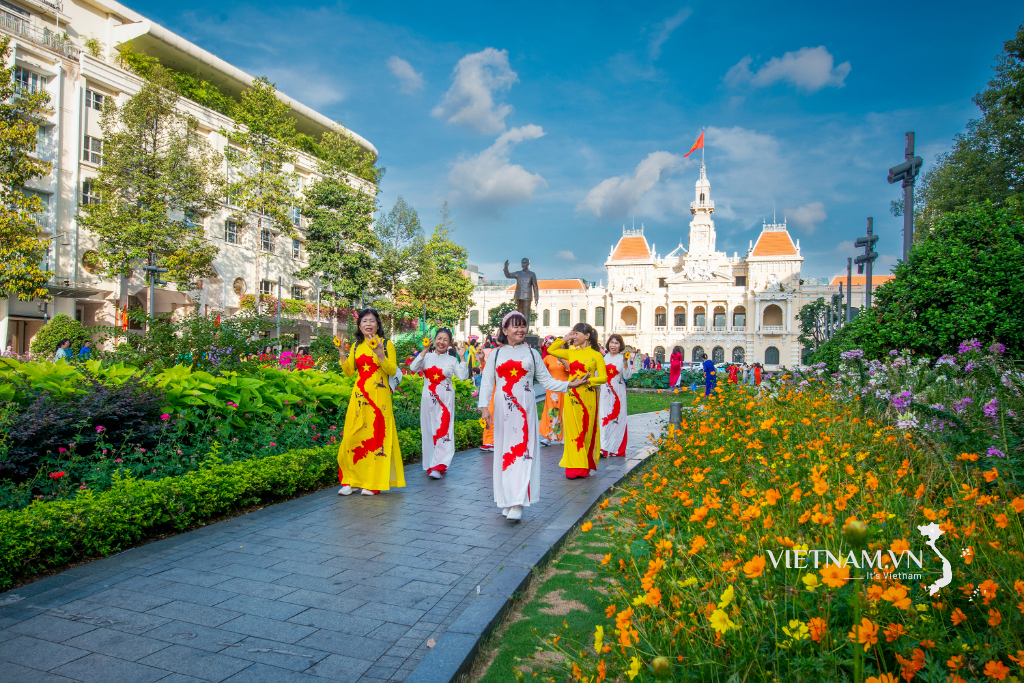
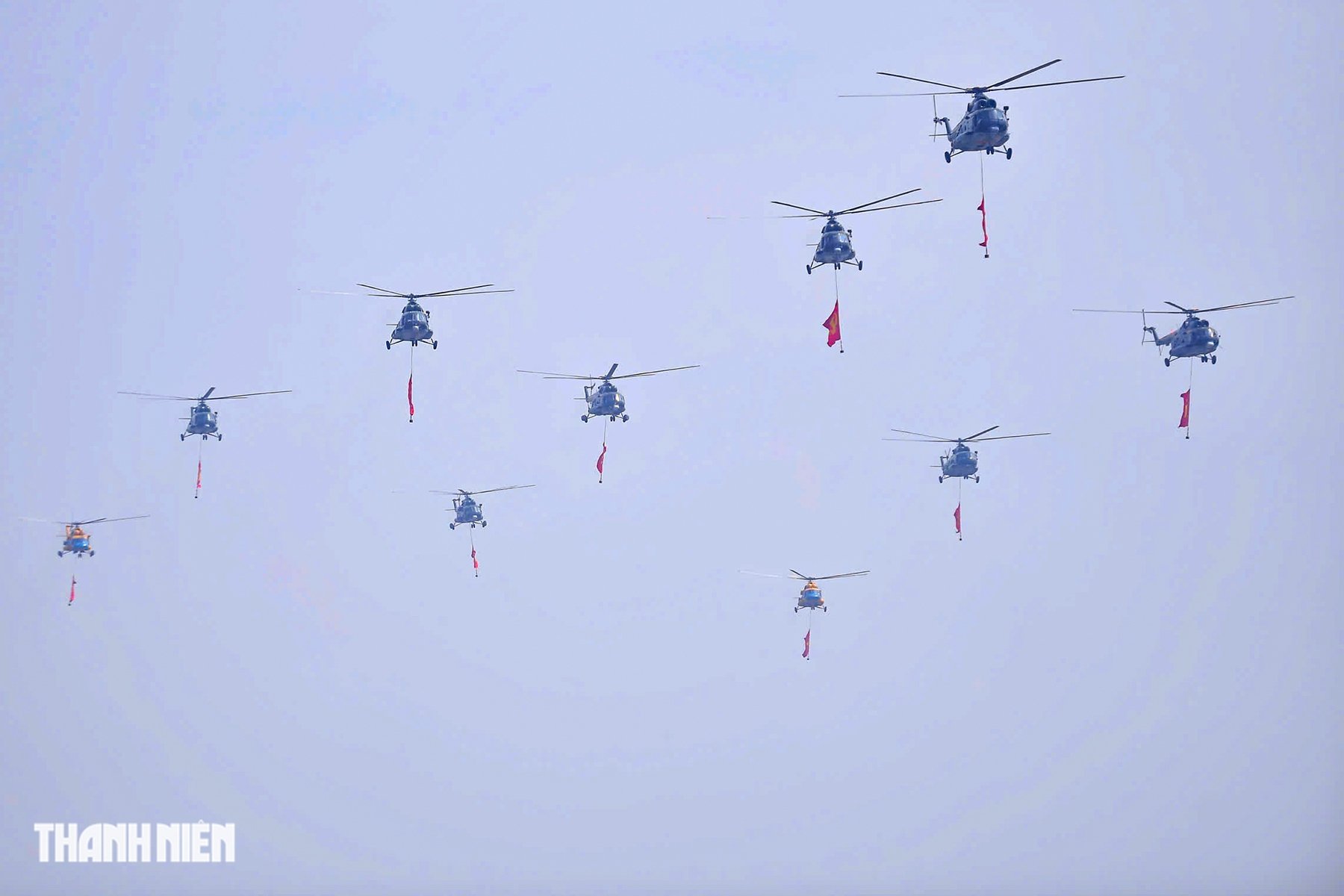
![[Photo] Party and State leaders meet with representatives of all walks of life](https://vstatic.vietnam.vn/vietnam/resource/IMAGE/2025/8/24/66adc175d6ec402d90093f0a6764225b)

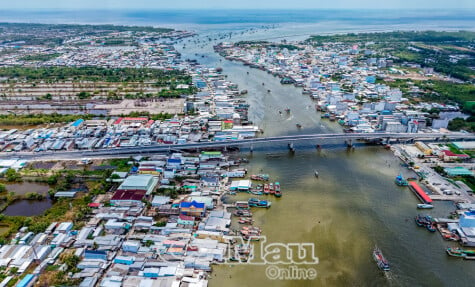
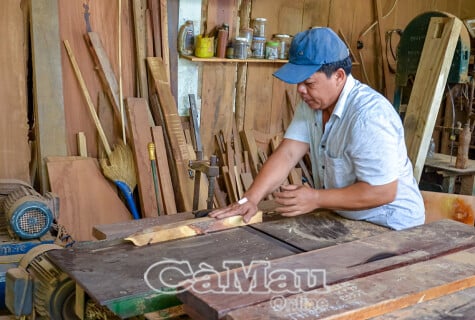


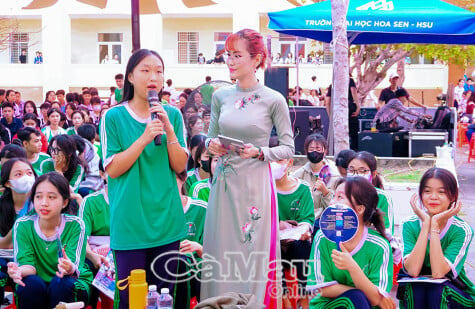
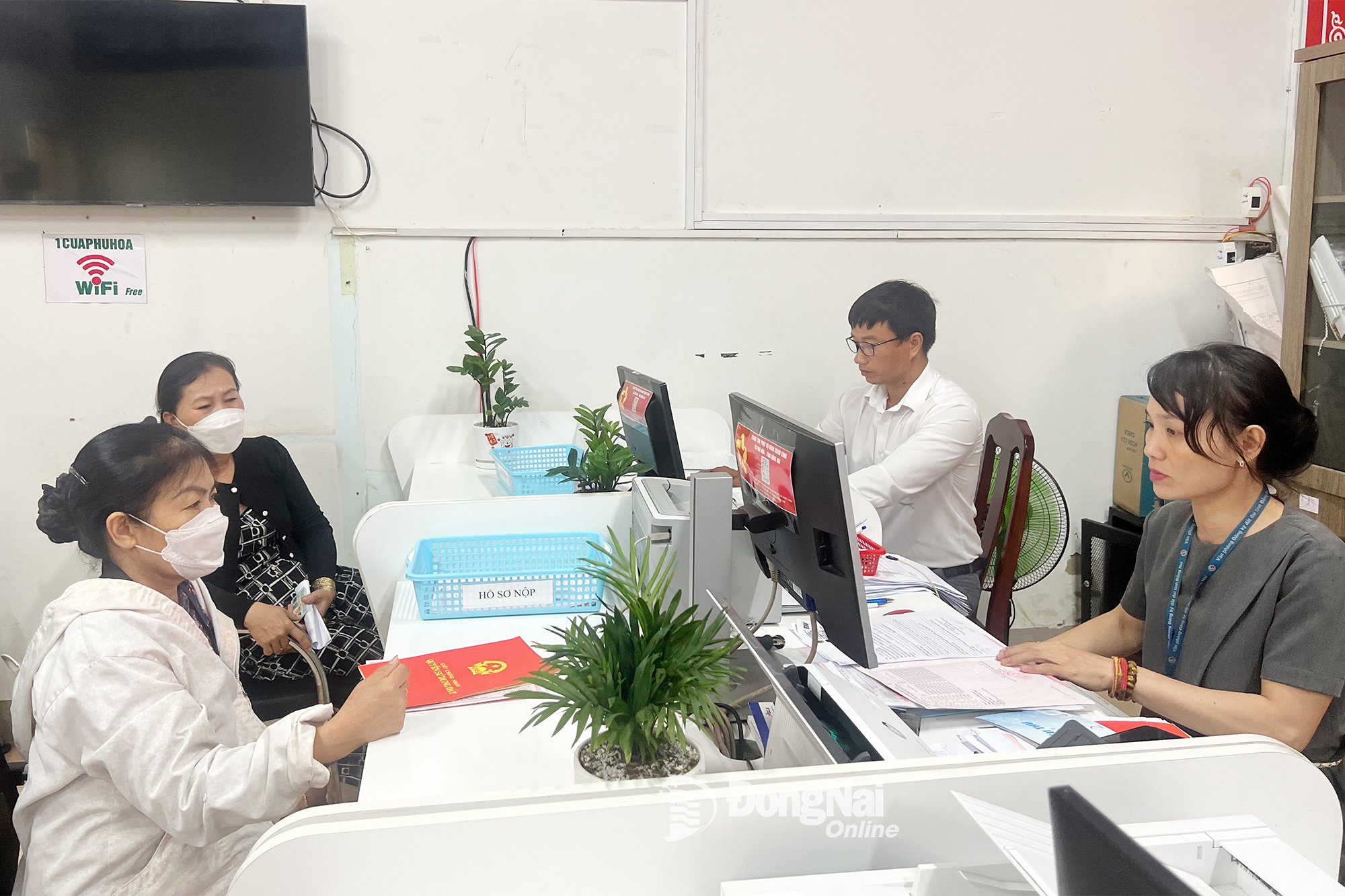

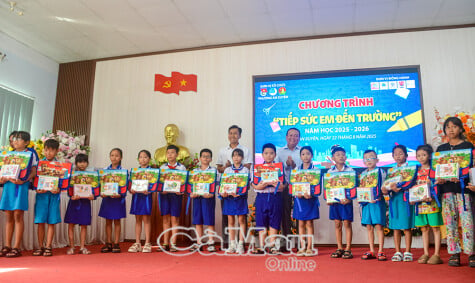
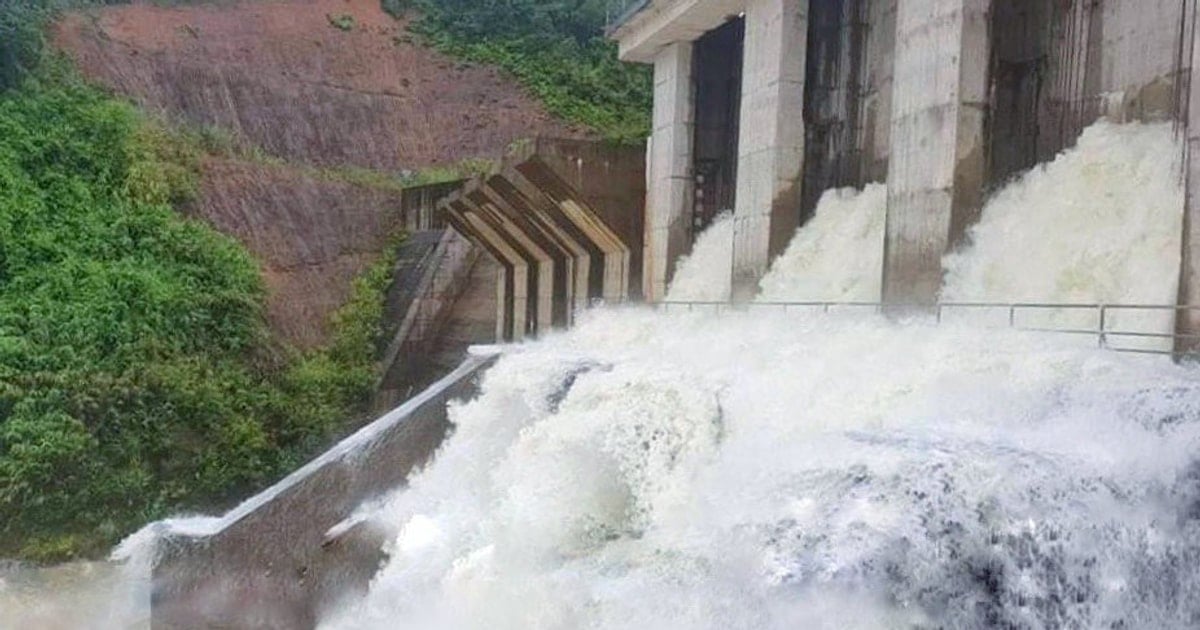
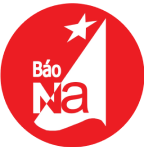
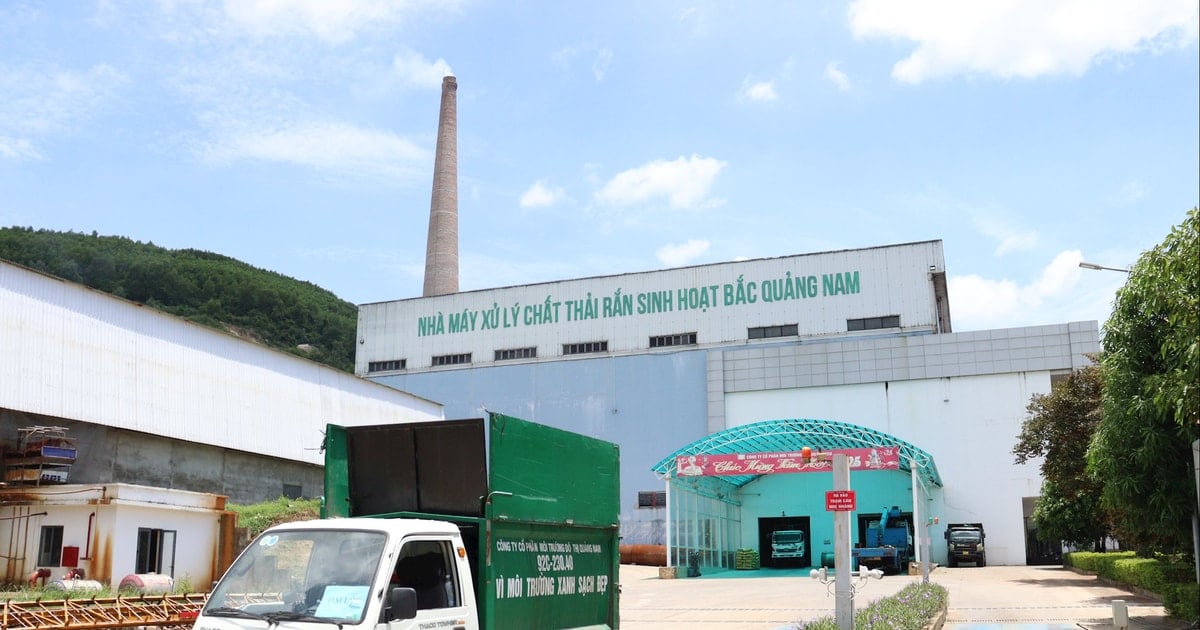

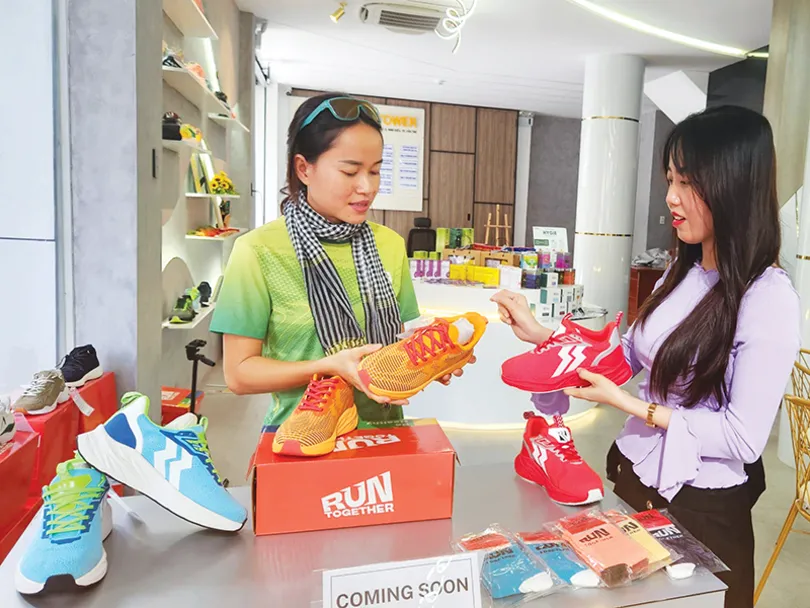

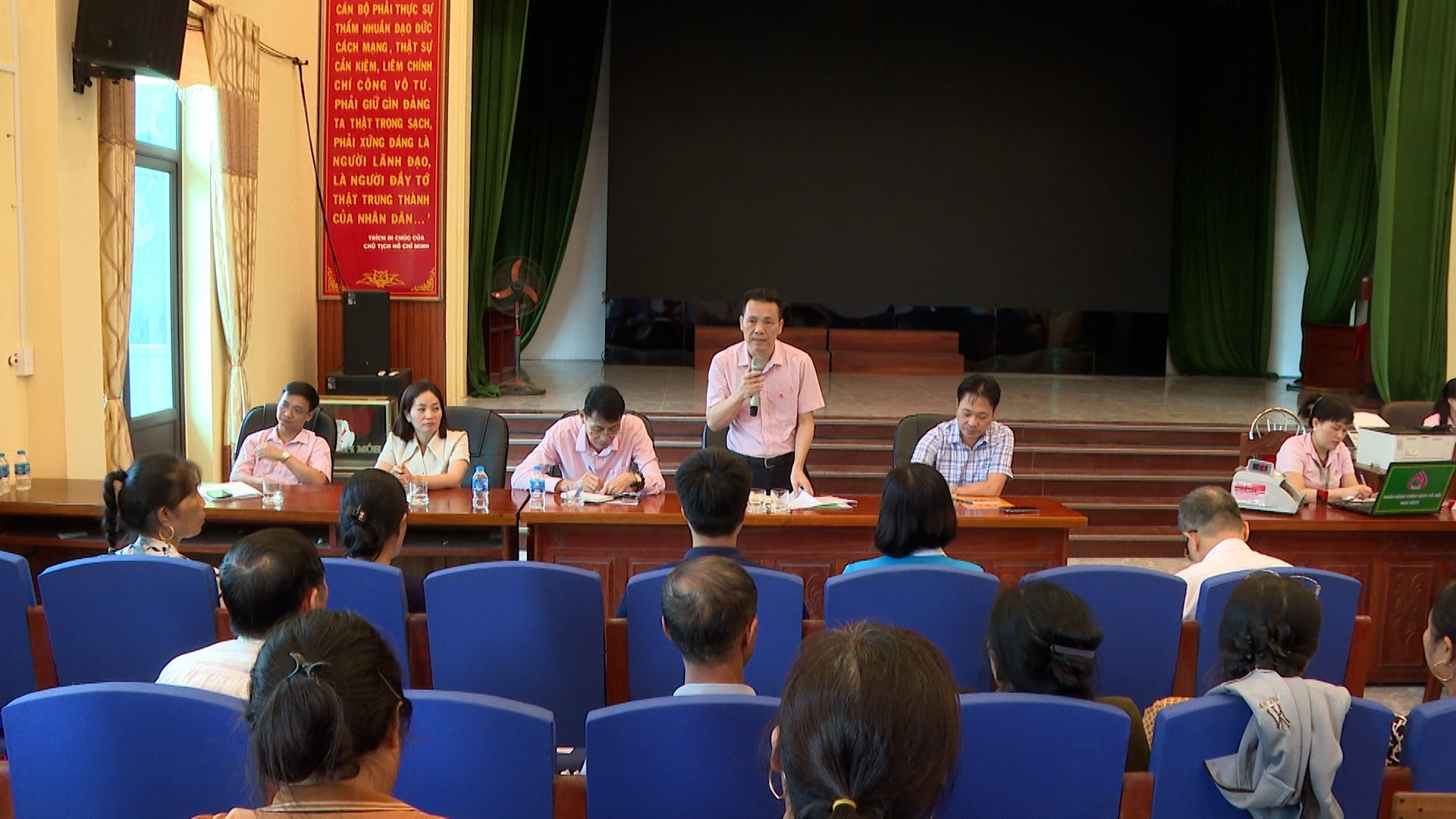
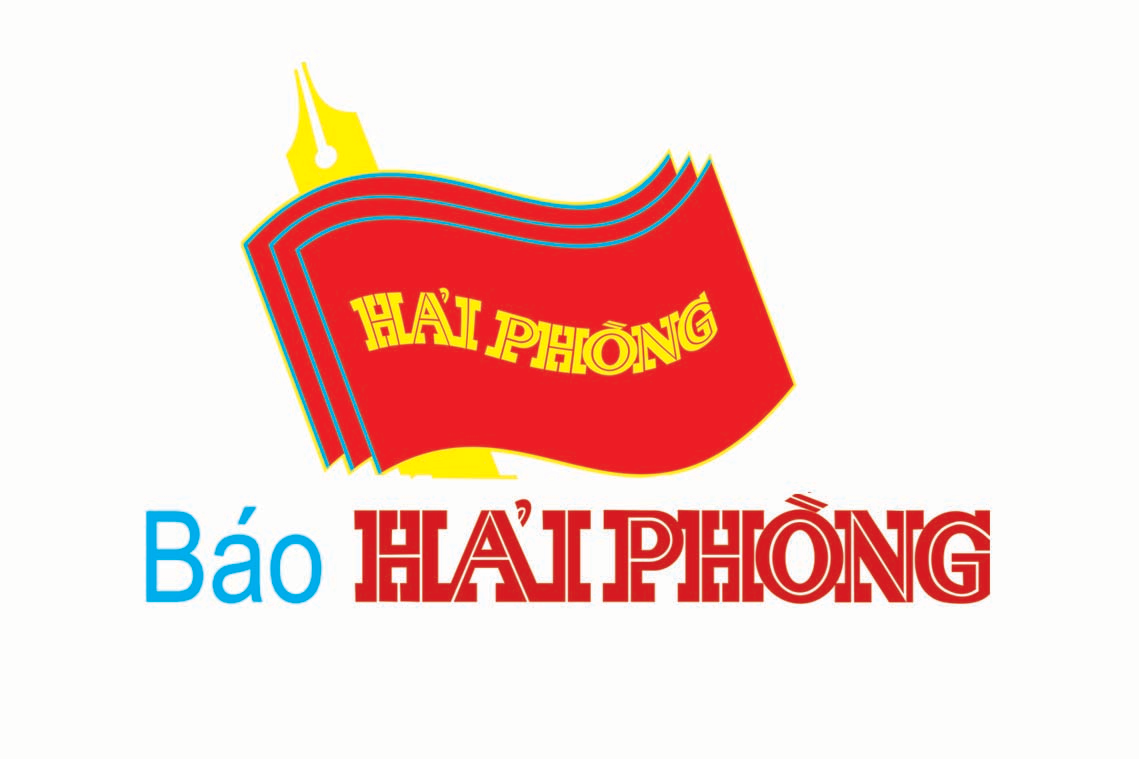







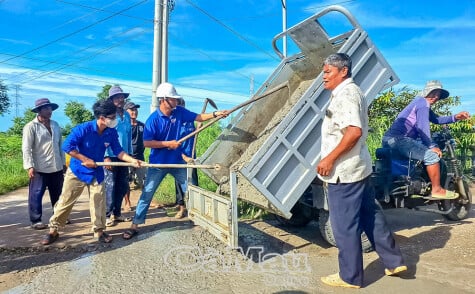
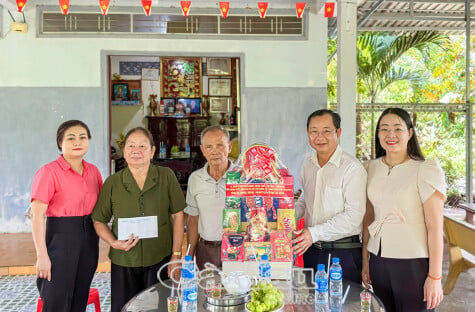
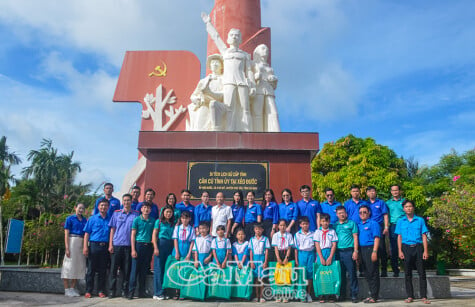
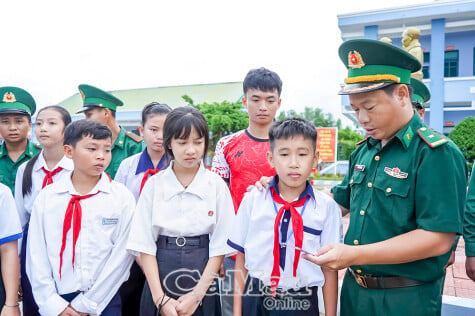
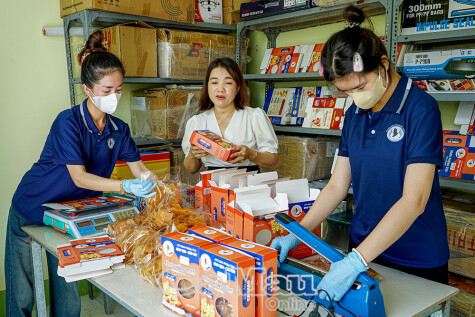
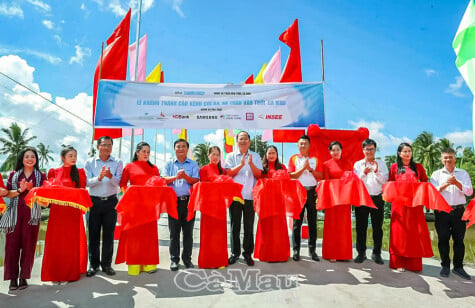

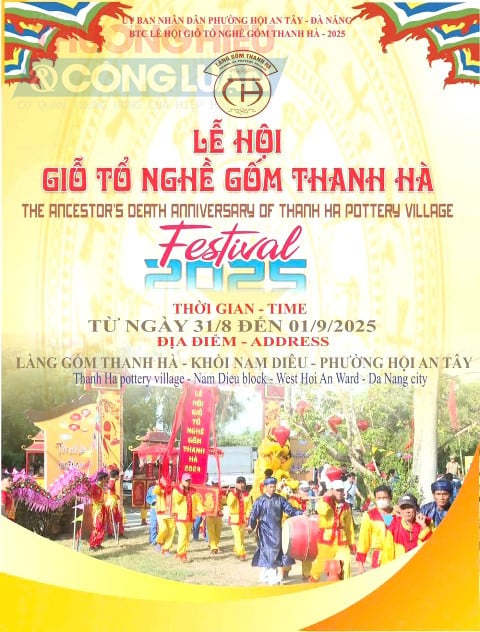

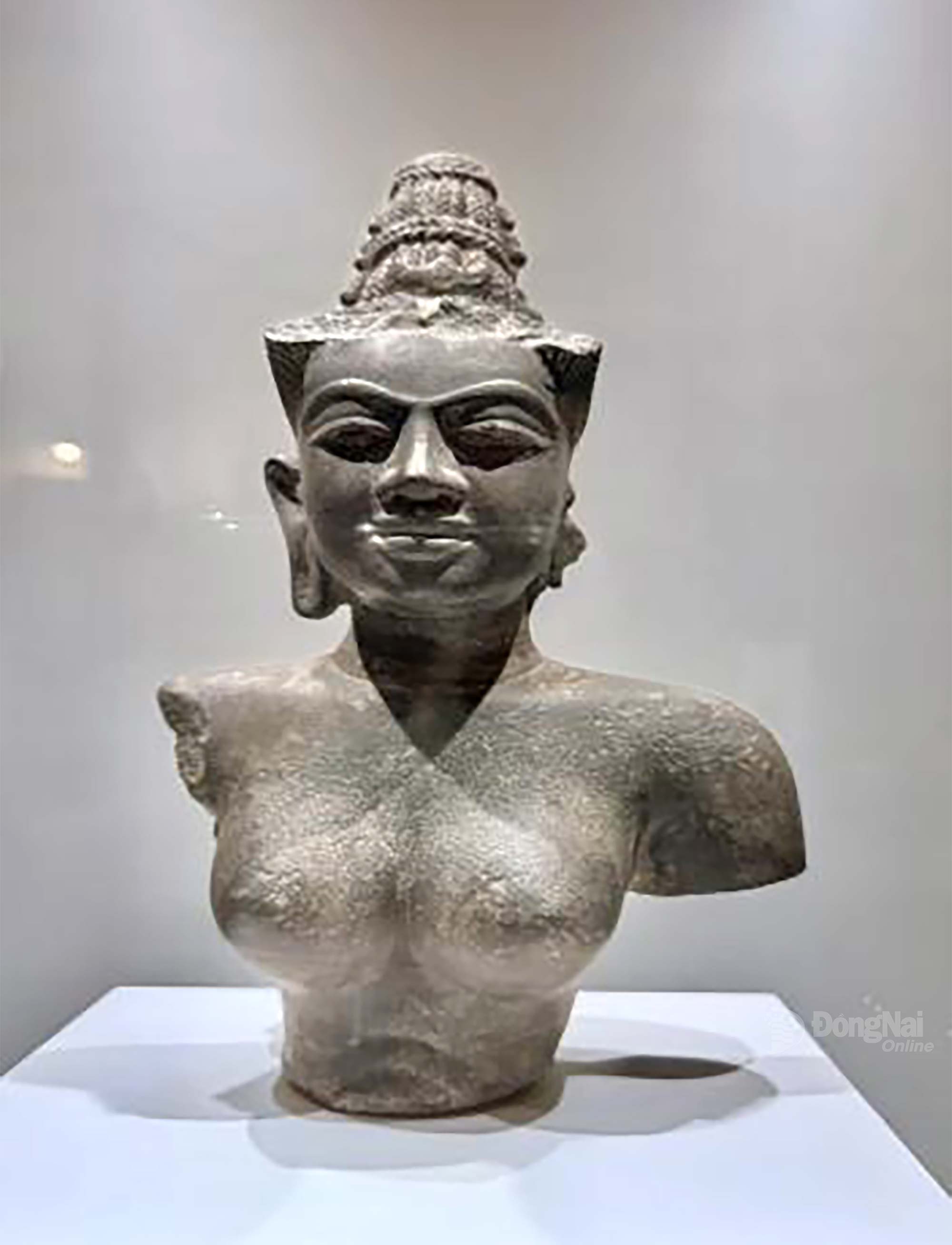
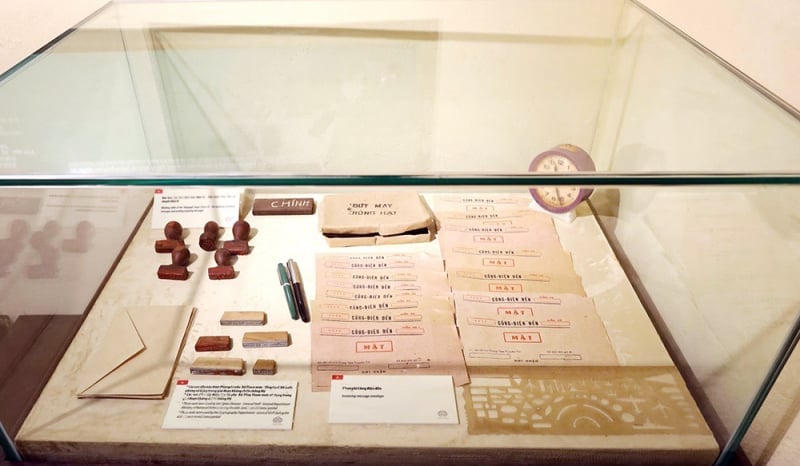

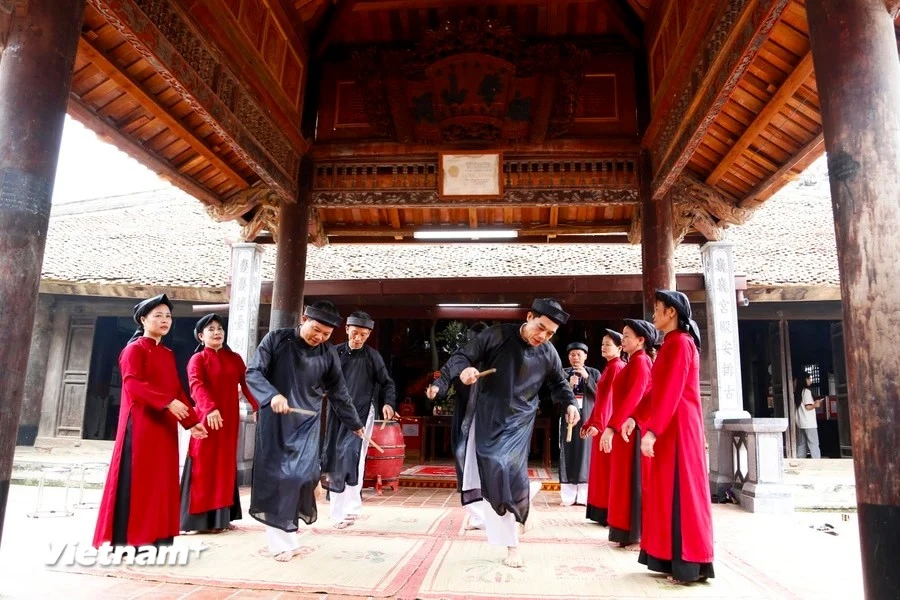

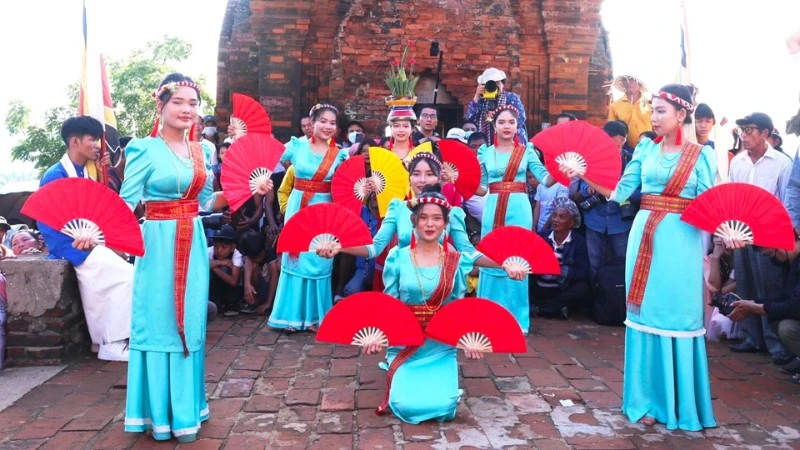

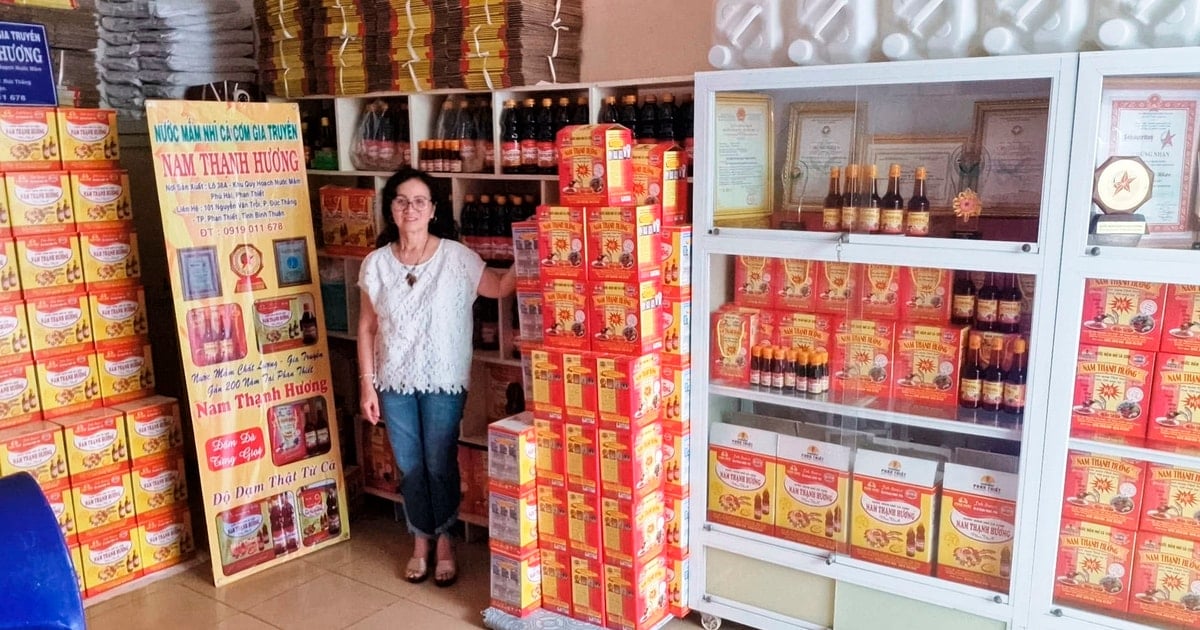



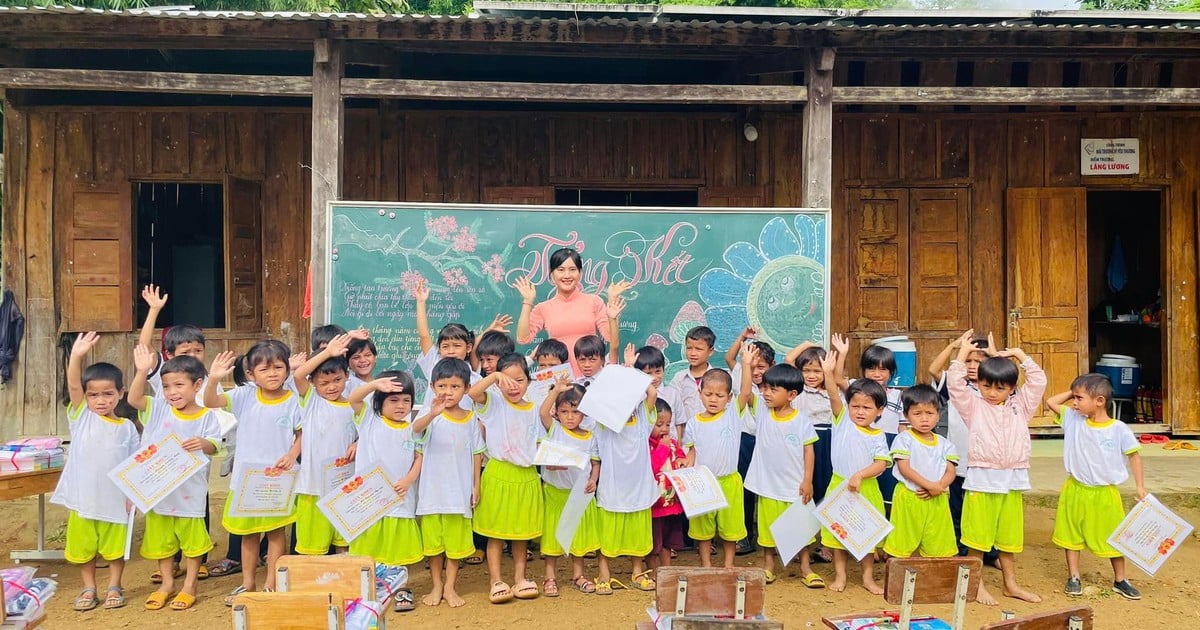


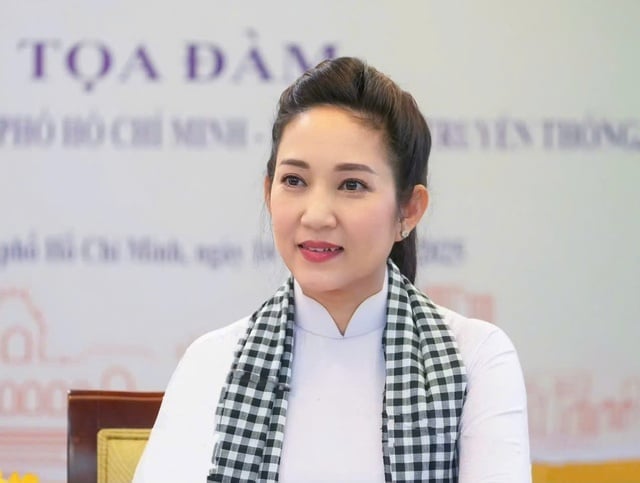

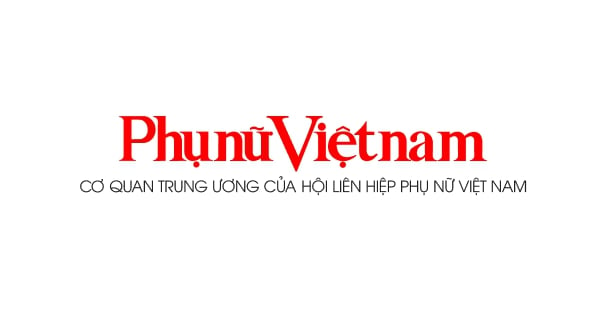
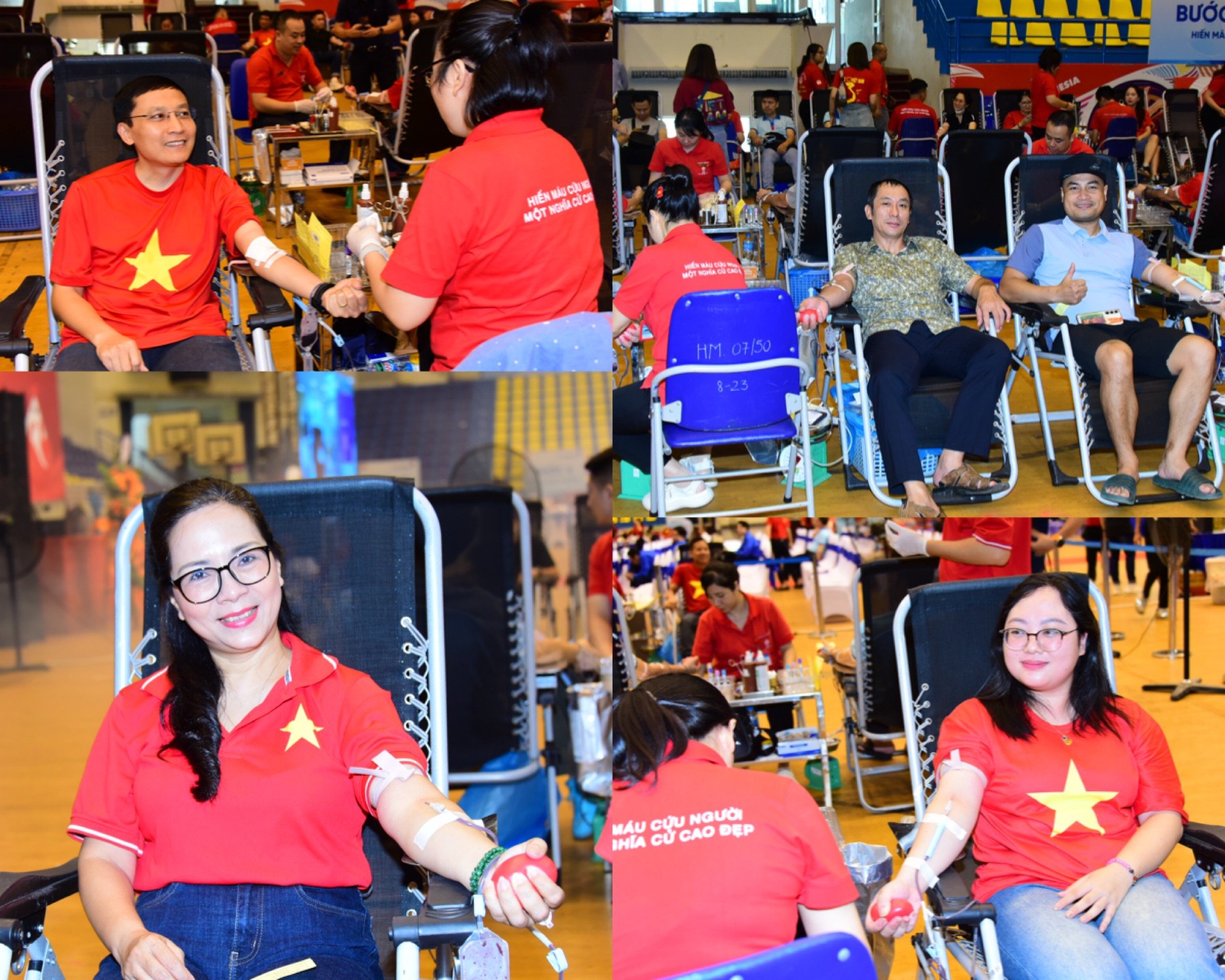





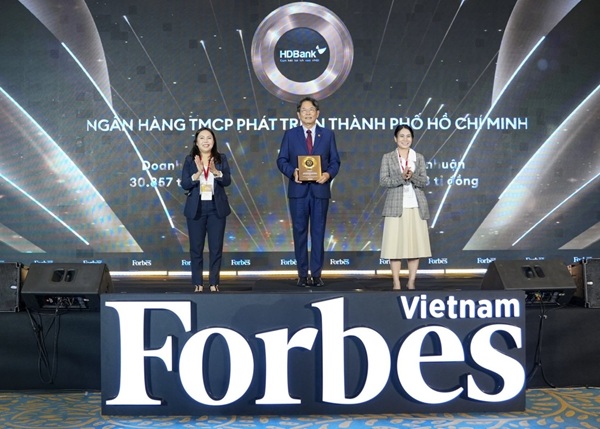

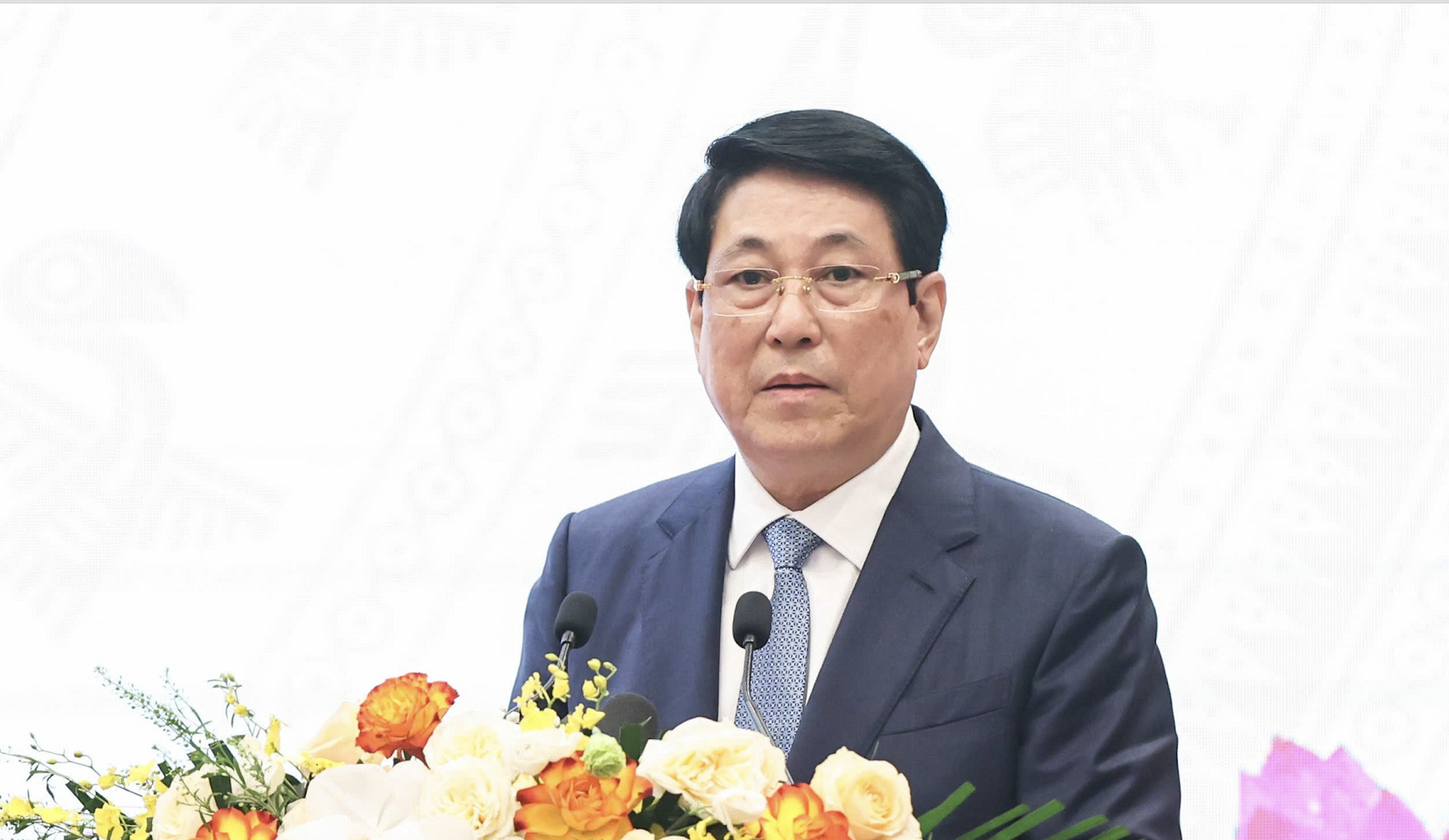

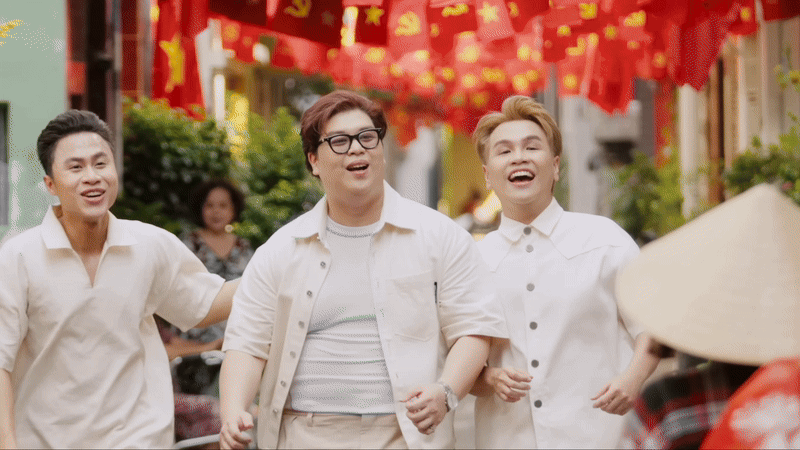

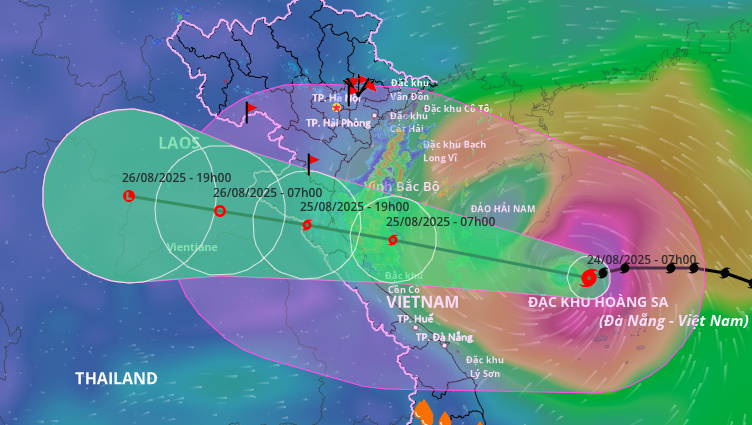

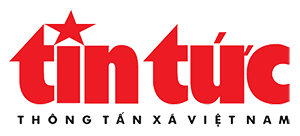
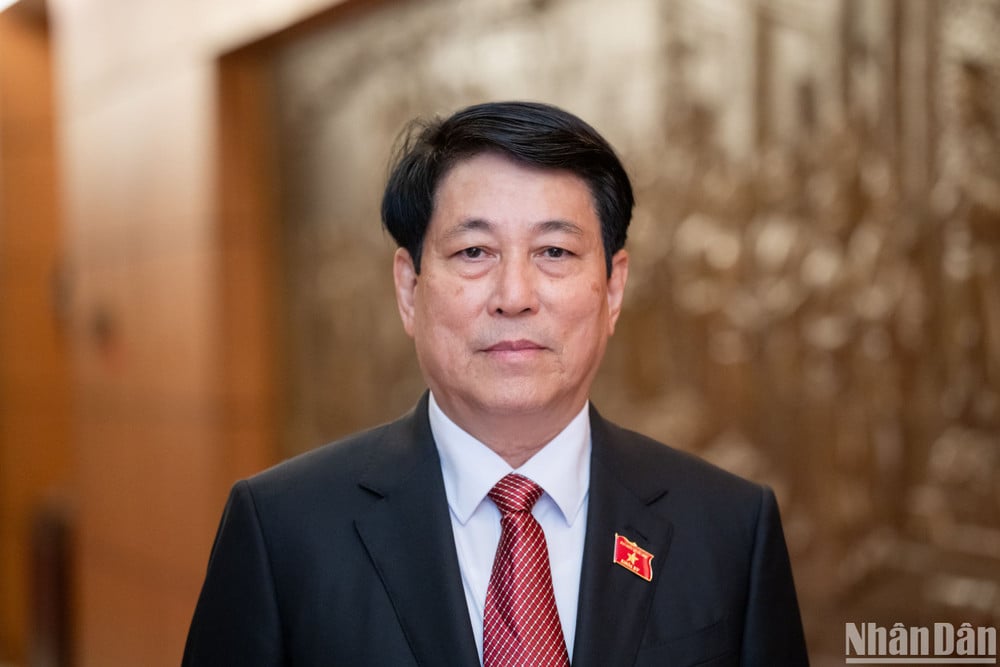
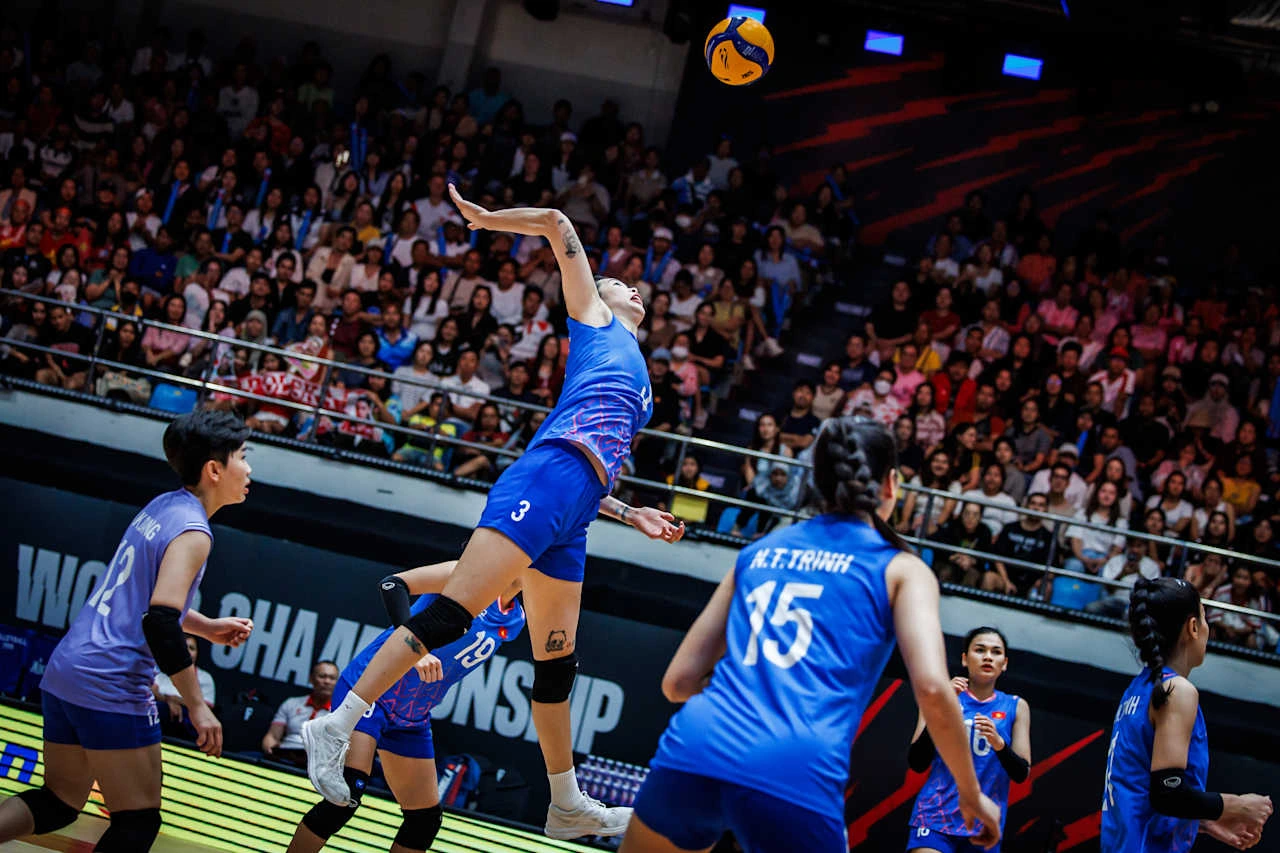
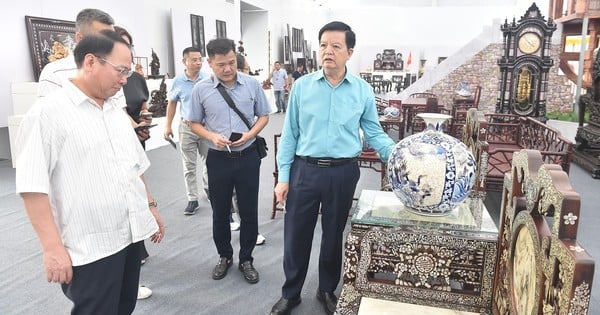


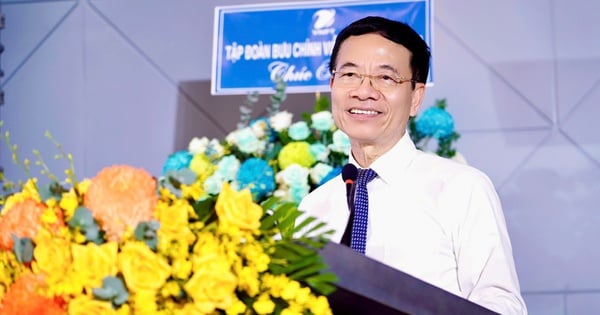





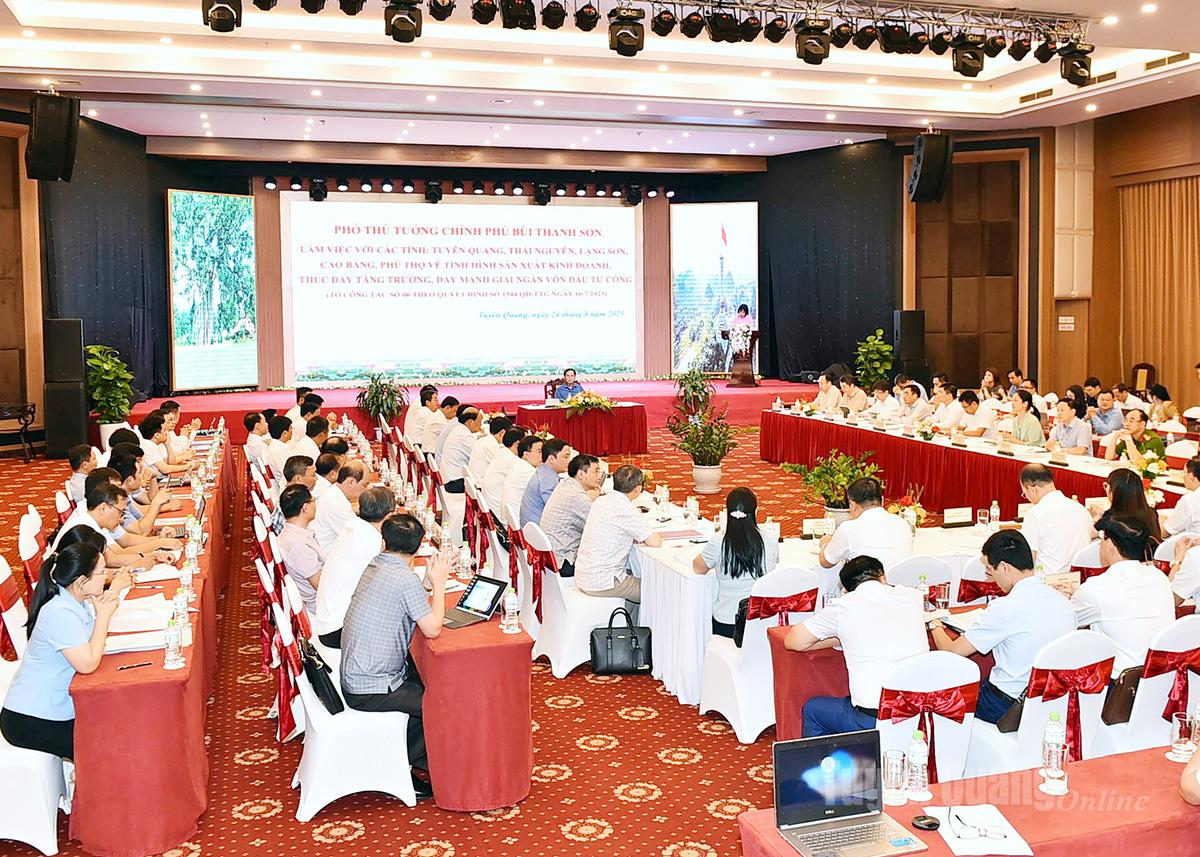

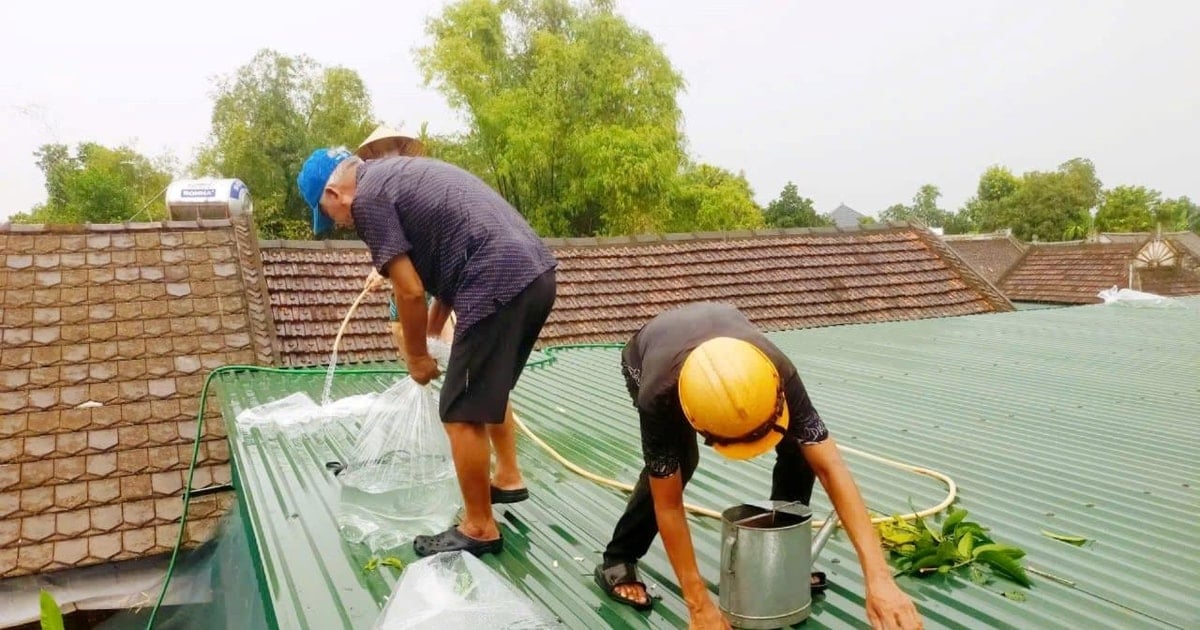

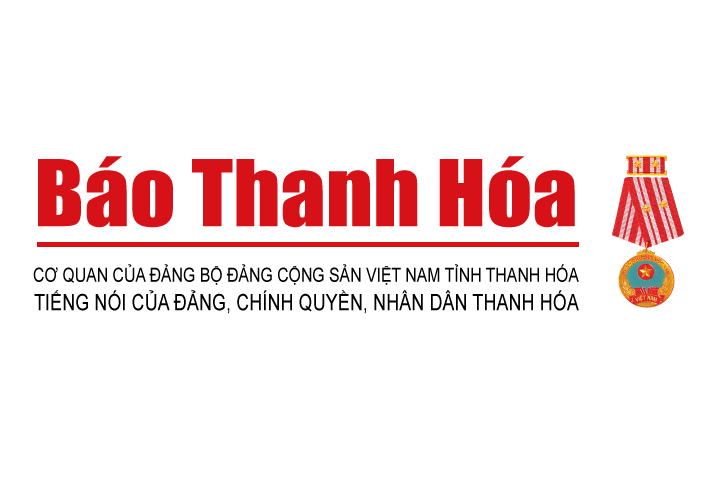
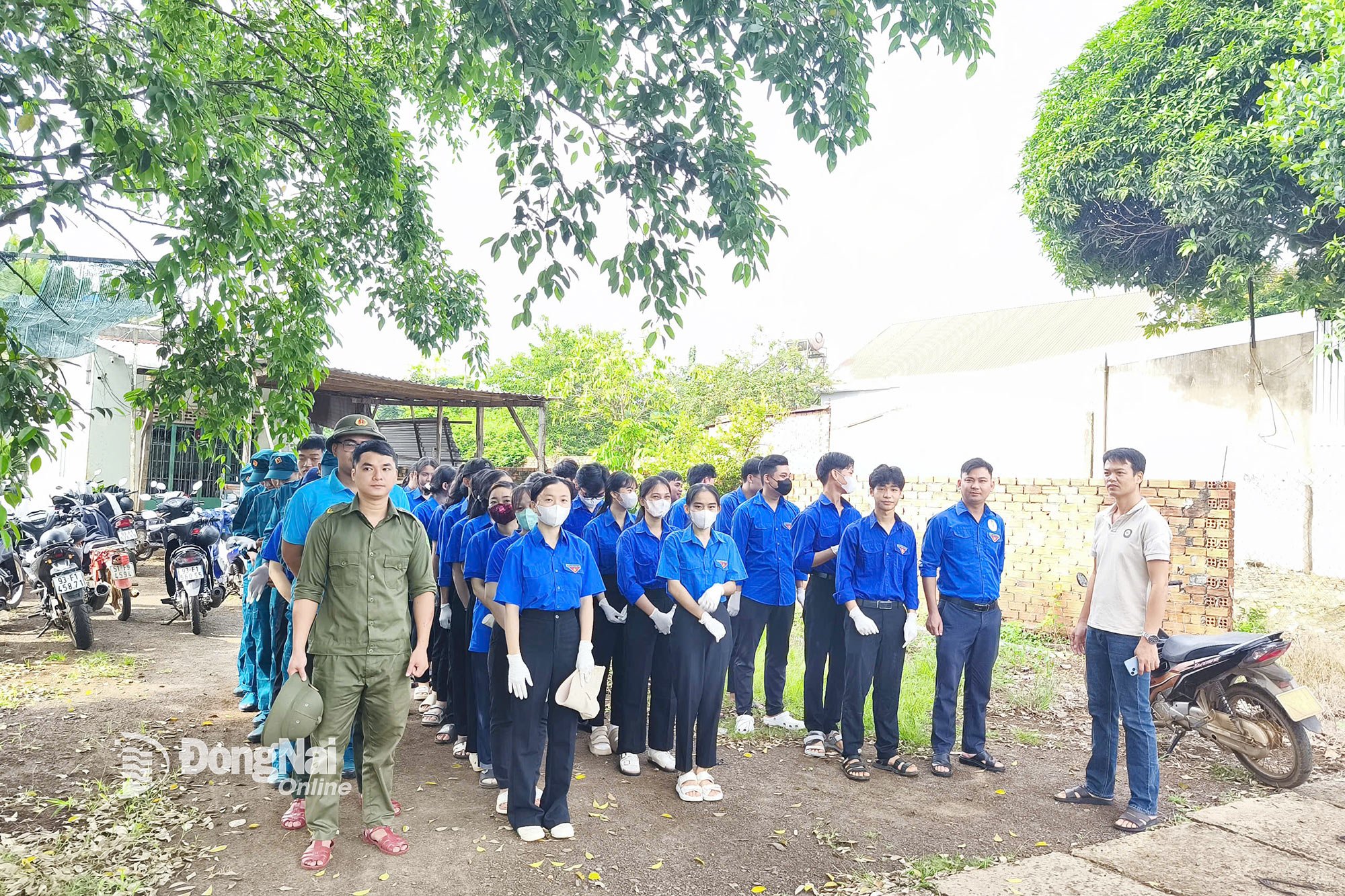
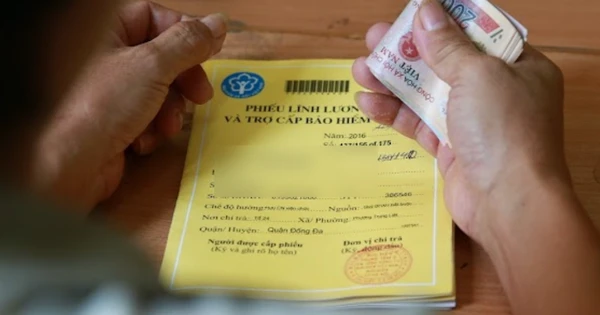

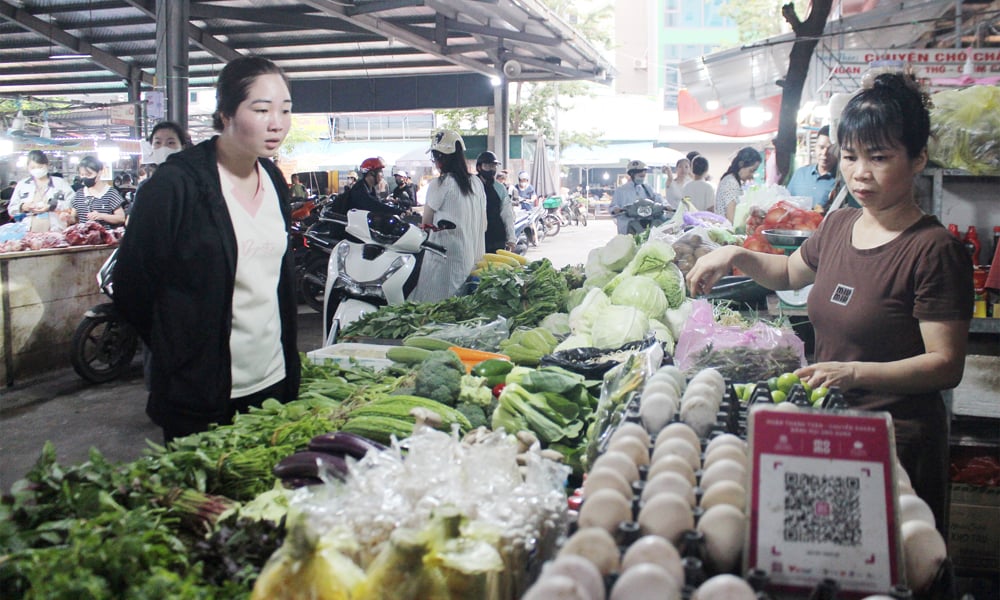

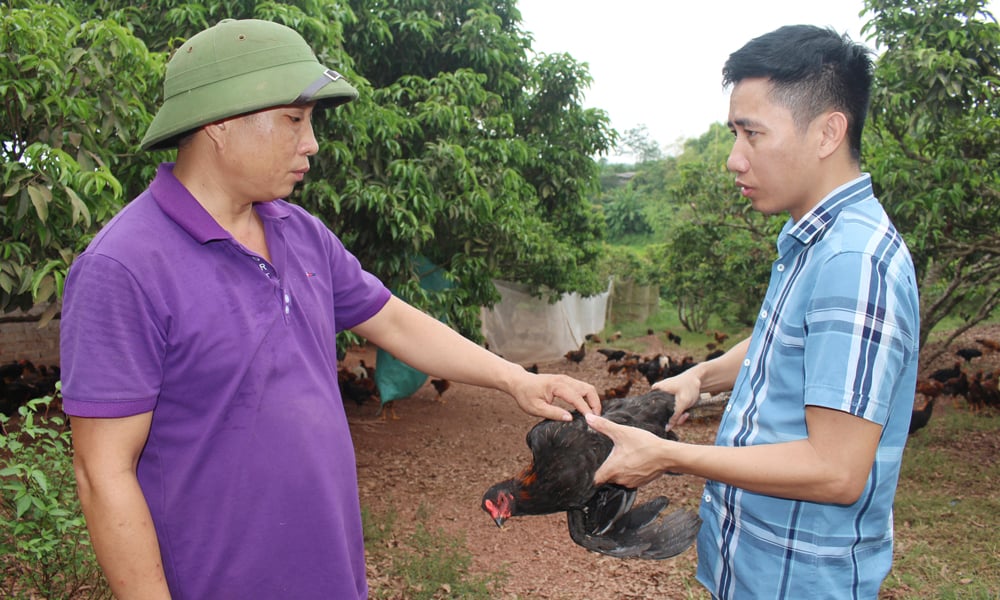
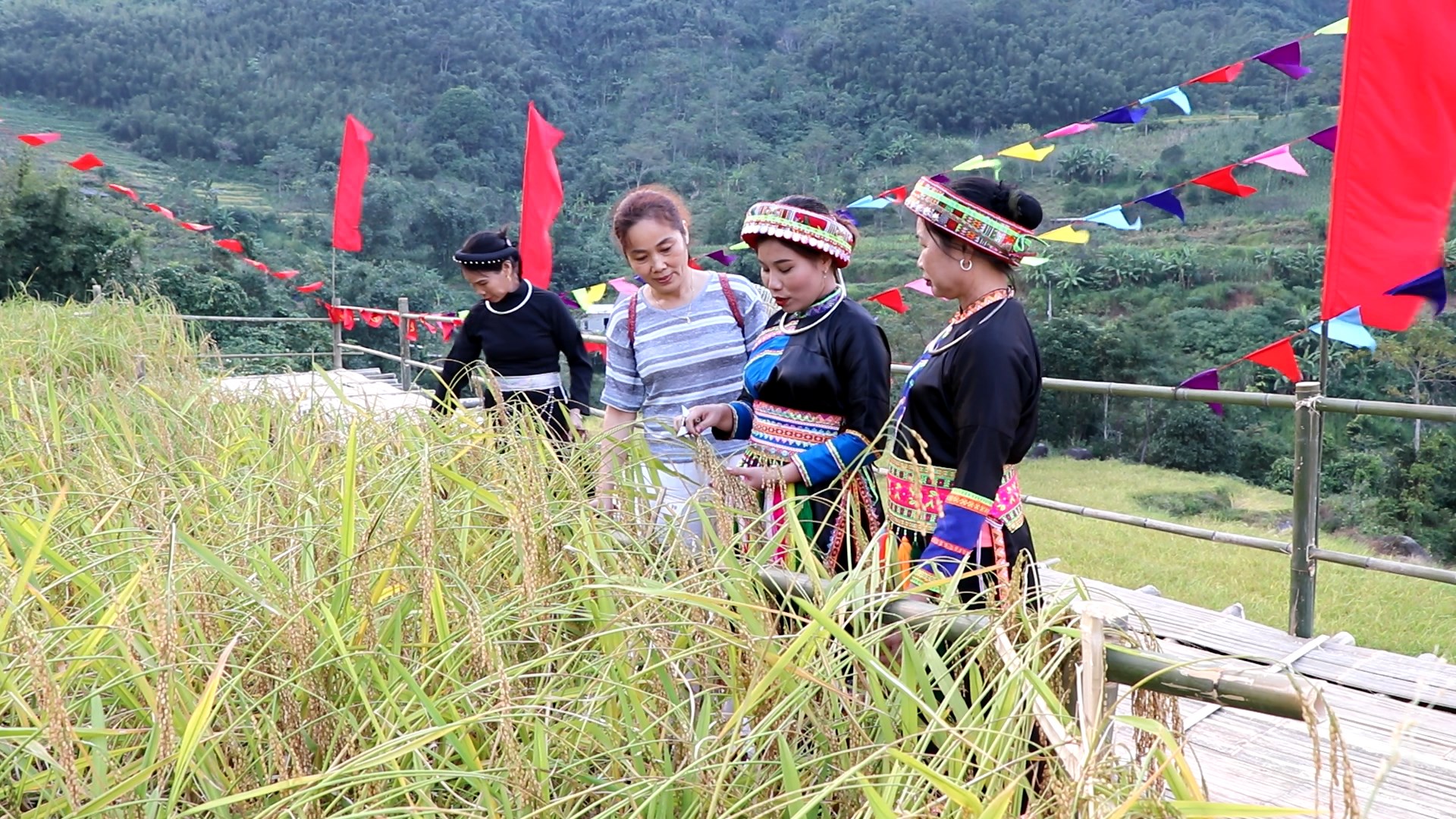

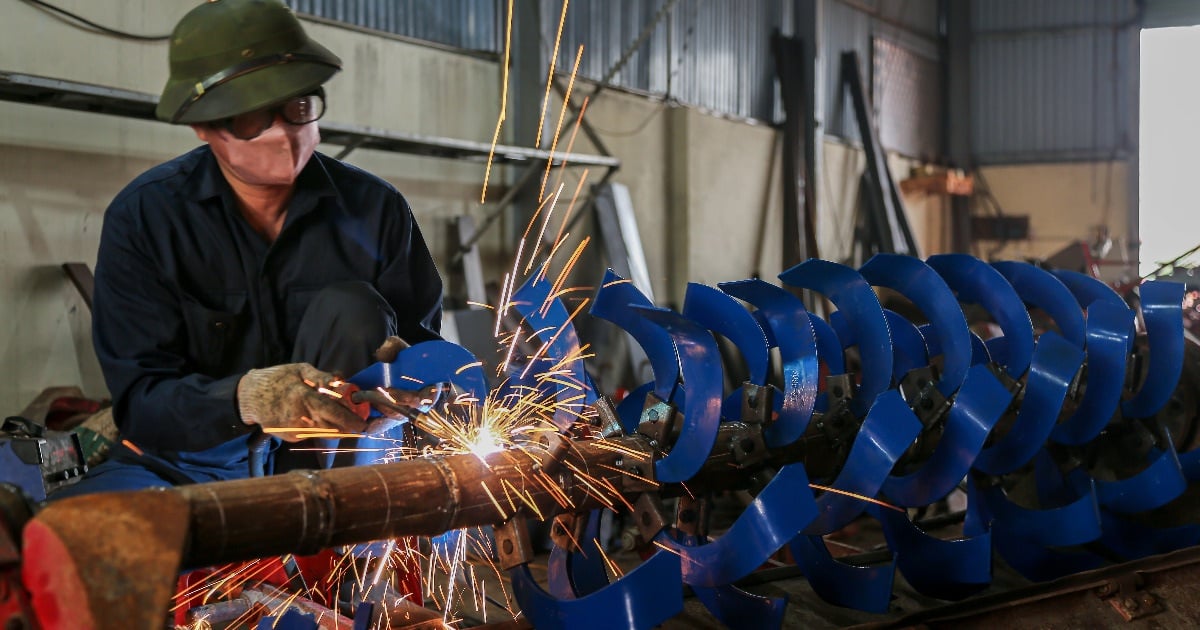
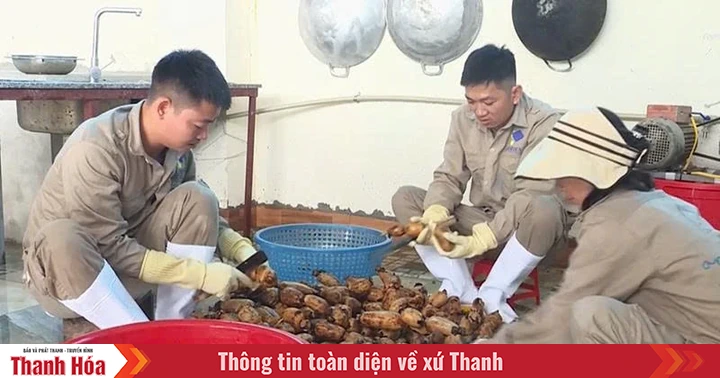
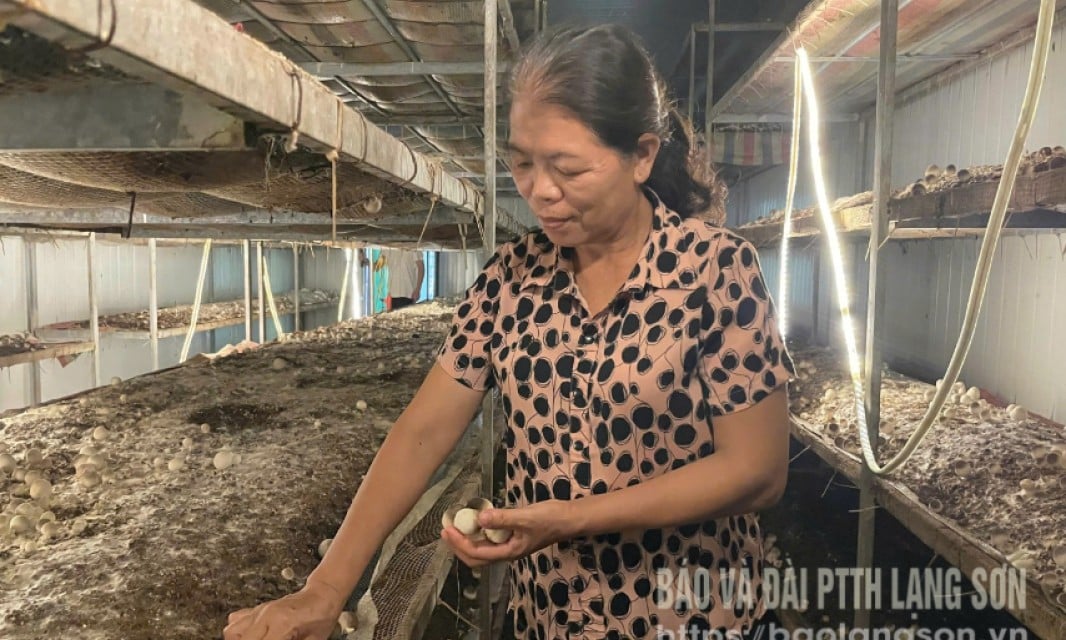






Comment (0)